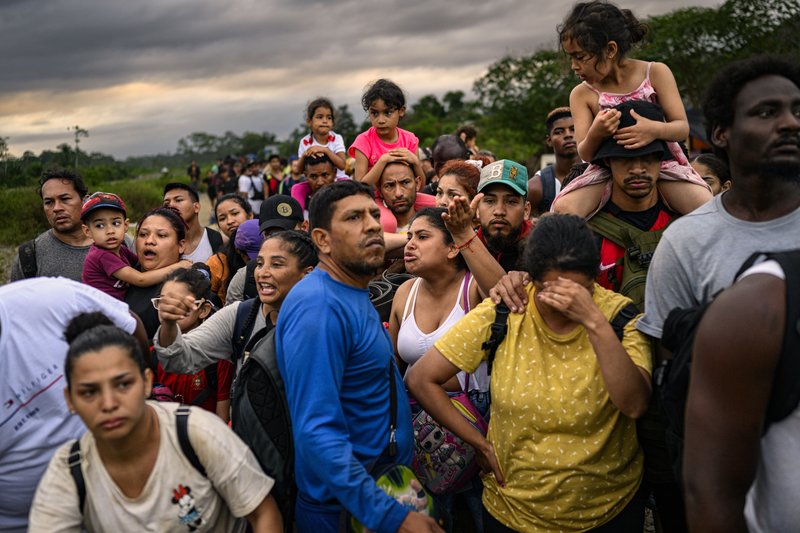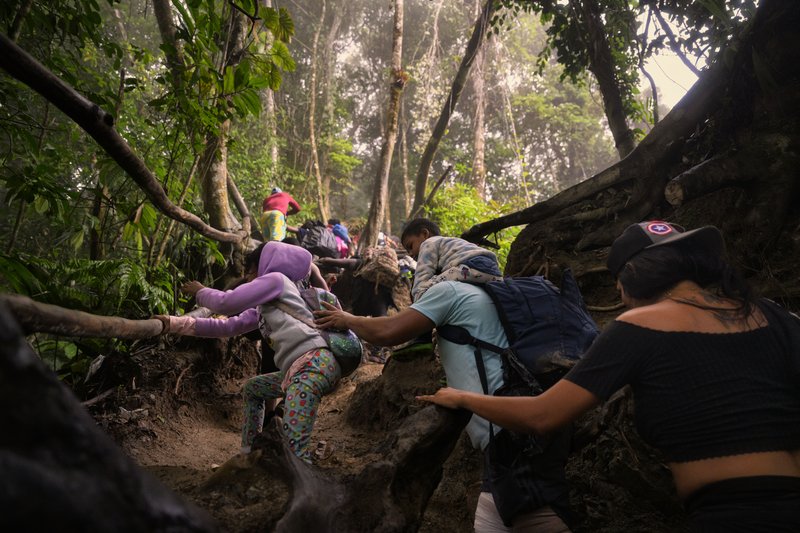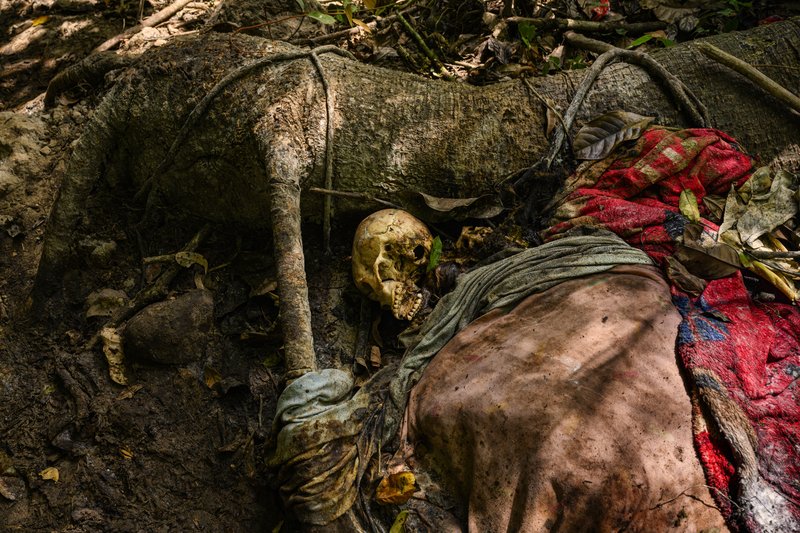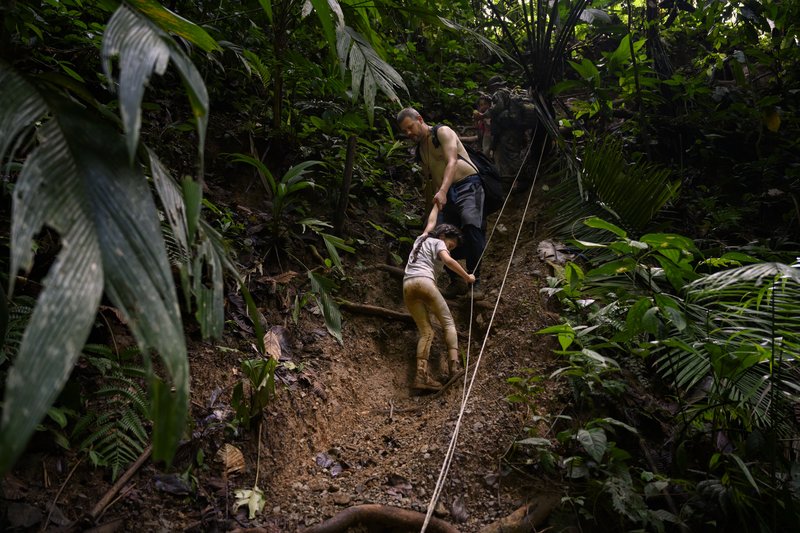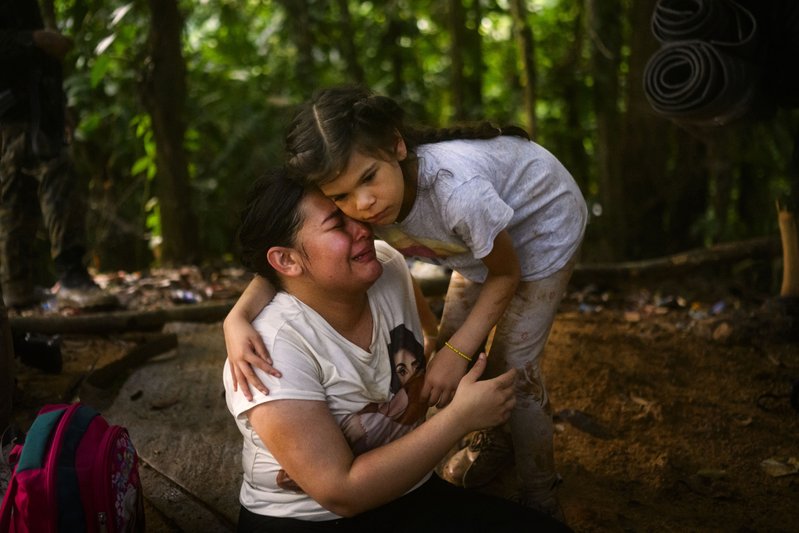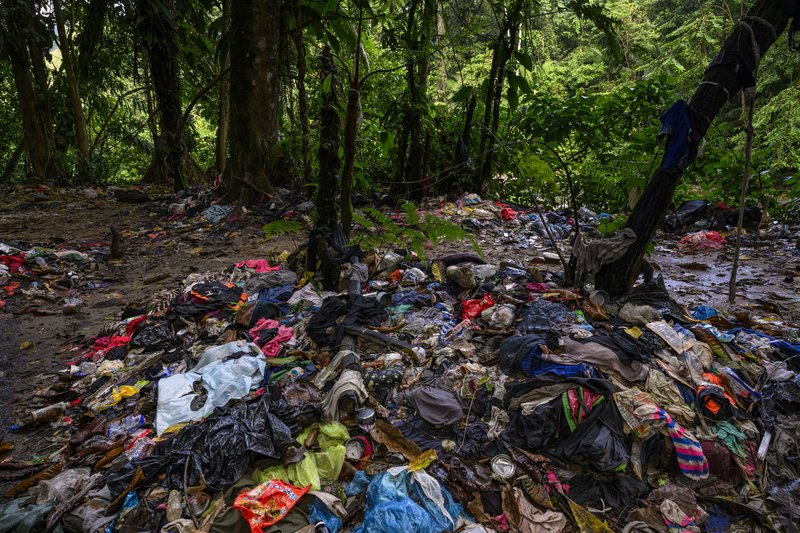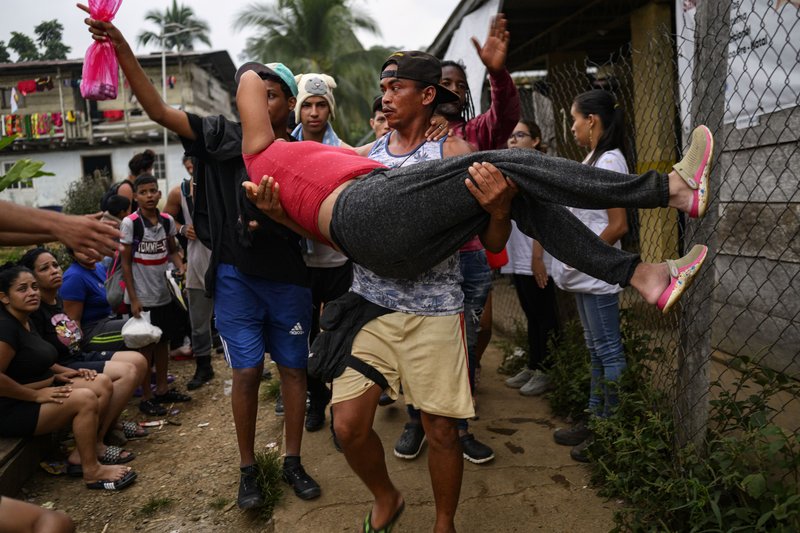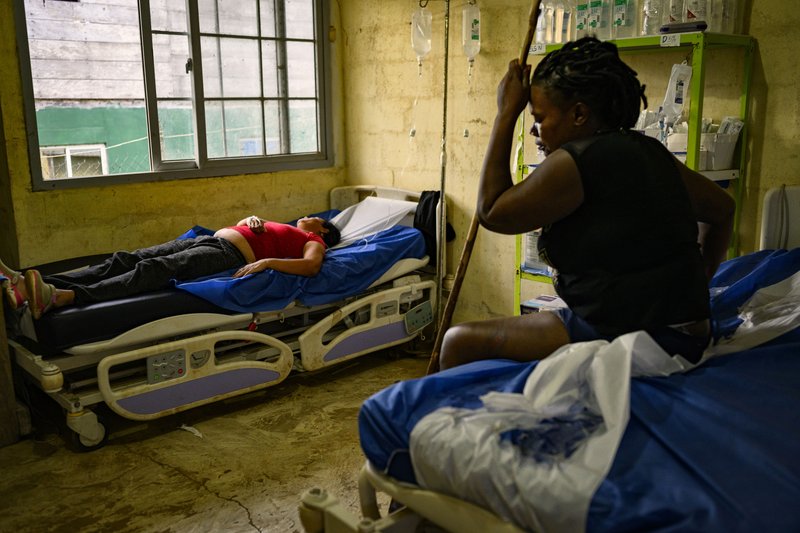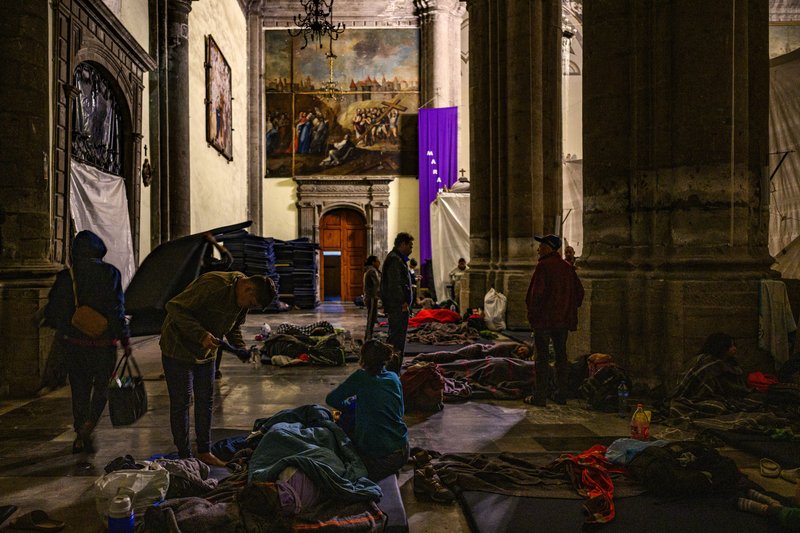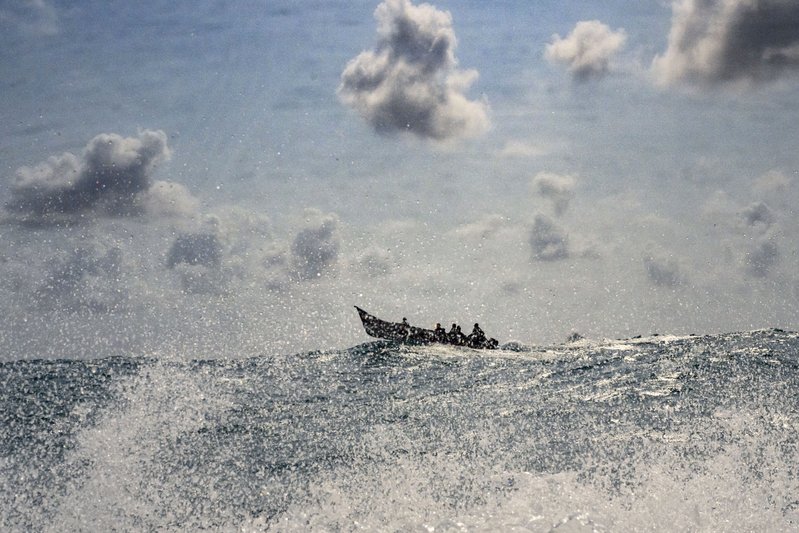Award of Excellence: Seventy Miles in Hell: Crossing the Darien Gap
Seventy Miles in Hell: Crossing the Darien Gap
Migrants from Venezuela, Haiti, Ecuador, and China fight to get onto motorized canoes out of the jungle from the village of Bajo Chiquito, Panama, the first reception point at the end of the treacherous Darien Gap trail linking Colombia to Panama, January 13, 2024. The number of people who made the dangerous and often deadly journey in 2023 was over 500,000 as they made their way to the United States. Many arrive at the first reception point exhausted, dehydrated, and with stomach ailments and minor injuries; some pass away en route, and their bodies are rarely recovered. (Credit: Lynsey Addario for The Atlantic Monthly with support from National Geographic Society.) Hundreds of thousands of migrants are risking treacherous terrain, violence, hunger, and disease to travel through the Darien Gap jungle to the United States. Hundreds of thousands of migrants from Venezuela, Ecuador, Haiti, Afghanistan, and China, among others, risk treacherous terrain, violence, hunger, and disease to travel roughly 70 miles through the Darien Gap jungle in their quest to reach the United States. The stretch of jungle is so inhospitable that it has no existing roads, and connects Colombia and Panama on a well traversed migrant trail across multiple countries from south and central America north to the US. Despite the risks, the number of migrants crossing the Darien Gap surpassed 500,000 in 2023 and over 300,000 in 2024, as streams of people braved the risks of robbery, murder, death, and the risk of being turned away at the border of the United States. Dead bodies litter the trail, along with fields of discarded clothes, shoes, and tents. The story documents two of the most difficult trails of the Darien: the Acandi and Capurgana routes, through the first registration point in Panama in Boca Chica, and on to Mexico. Those who have the means are able to bypass part of the jungle and take small speed boats which hurl across enormous waves in the open sea—often under the cover of darkness. What (if any) is your connection to the story/region/people(s) being photographed? For example, perhaps you are part of the community, you live in the region or you have a personal interest in the subject. I began my career in Latin America, and have been working there intermittently for roughly 25 years. My fluency in Spanish, and coverage of South and Central America throughout the early 2000s eventually led me to cover the immigration crisis at the United States border with Mexico for several years. This, coupled with a long interest in documenting political, humanitarian, and conflict-related refugees around the world all converged in the Darien Gap—both in content and context.
Lynsey Addario
